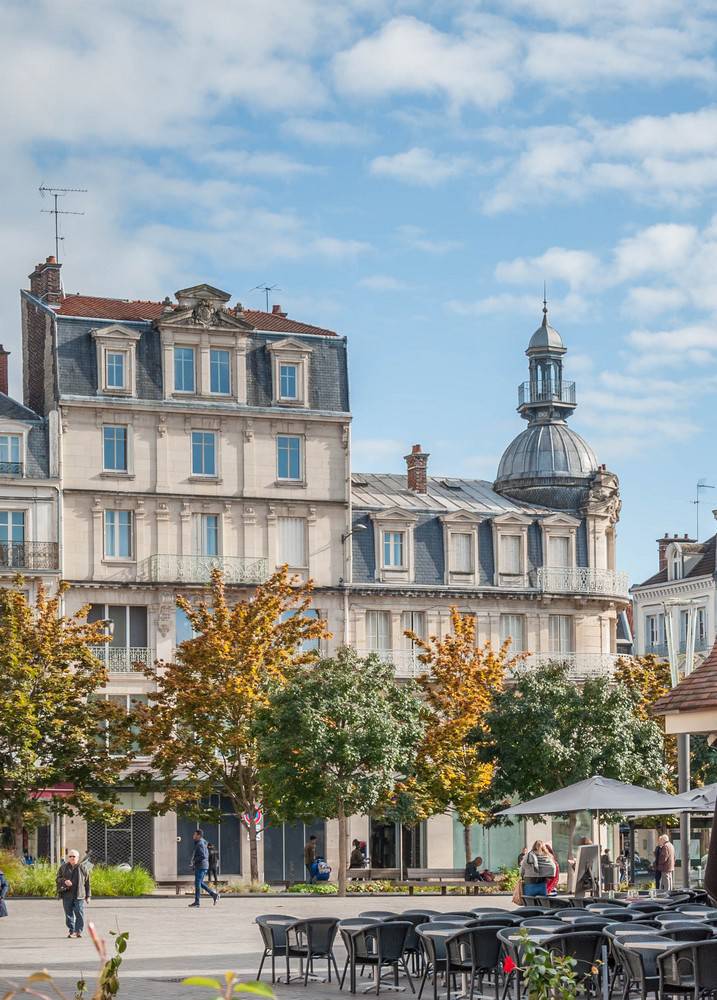Politics, Sciences, Army
Paul Chomedey, Lord de Maisonneuve (1612-1676)
A French official, born in a small village near Troyes, the founding of the city of Montréal is owed [Chomedey de Maisonneuve] to him.
He fought in the European wars before being sent by the Notre-Dame de Montréal Society to take possession of their concession in the New World (America).
Chosen to found a colony on the island of Montréal, he arrived in Nouvelle-France in 1641. In 1642, he worked on the construction of the fortifications and various buildings in Ville-Marie, the first of which was the town well in 1658. He planted a cross on the summit of Mont Royal in 1643
Emile Coué (1857-1926)
A psychotherapist and pharmacist, he worked in Troyes for a few years, then left for Nancy.
He created the famous “Coué method” and enjoyed an international reputation during his lifetime, but his work and research were almost forgotten after his death, due to criticism of the summary nature of his theory, which was based on a very simple idea: our subconscious determines our physical and mental condition, and we can act on it through our imagination.
Charles Baltet (1830-1908)
This horticulturalist and nurseryman is famous the world over. A group of Japanese students for whom he was responsible took a few vines home as a gift, and his vines can now be found at the foot of Mount Fujiyama. Some of them have been named “Baltaï” in his honour.
Edouard Herriot (1872-1957)
A writer and politician born in Troyes, he was elected Mayor of Lyon, then appointed President of the Council. He was a key figure of the 3rd Republic and in the radical-socialist party, and was elected to the ‘Académie Française’ on 5 December 1946.
Throughout his life he defended parliamentary democracy, freedom of the press, the right to hold meetings, union freedom, economic liberalism, freedom of thought and secularism. A plaque points out the house in which he was born in Place Jean Jaurès, Troyes.
Albert Caquot (1881-1976)
Scholar and engineer, his mechanical and visionary genius could just as well be applied to the [A. Caquot] budding air-construction industry as to creating reinforced concrete structures, with over 300 bridges and dams to his credit, several of which were world records.
From 1905 to 1912, he was Troyes City Engineer. During the city’s great floods in 1910, he took immediate wide-scale measures in order to save lives. He created a method of forecasting flash floods in the Seine’s high valleys and made major developments to the sewer system in order to protect the city .
In 2004, the main collector situated under the Boulevard du 14 juillet was renovated; no major work had been done on it since it was built…
In 1931 he also produced the internal reinforced concrete structure for Christ the Redeemer statue on Corcovado mountain (718 metres above sea level) in Rio-de-Janeiro, Brazil (30m high, distance between the hands, 28m, total weight, 1145 tonnes), and contributed towards the world’s largest tidal generation plant (the Rance in Brittany).
